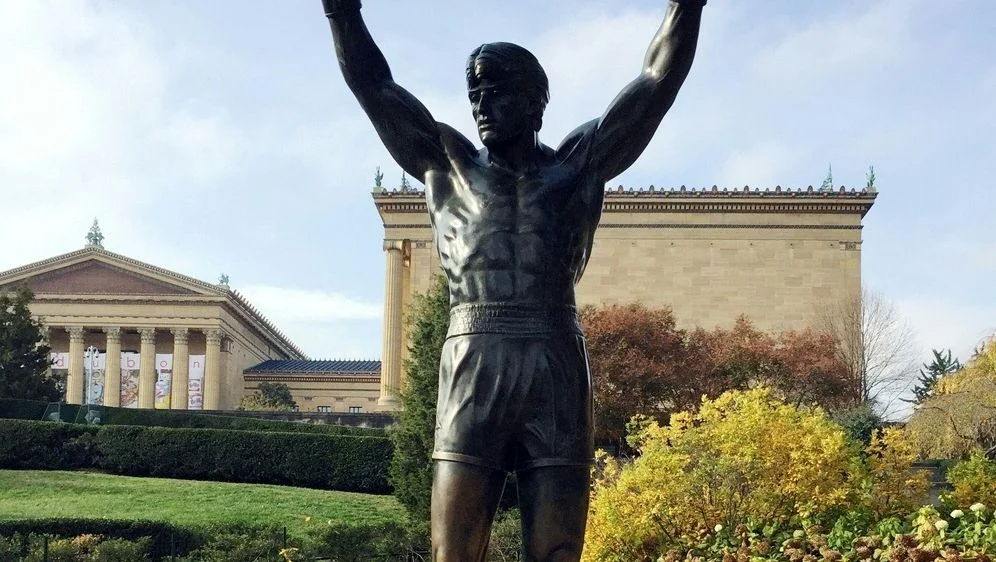Things are currently happening in the offices of the general managers. Numerous, especially high-paying NFL contracts are being restructured. But why is this happening? And how does it work?
As a general manager of an NFL team, you should have a knack for good players, for talent, but also for seasoned players. At the same time, you should never fail to look at the numbers.
If the GM also needs a gut feeling for players, it is the hard-nosed handling of numbers when it comes to finances. Mistakes are forbidden, because otherwise they could be expensive.
At the moment, team managers can excel, because many contracts are being restructured. In the process, crazy sums of money are juggled and accounting tricks are used. But why is this happening? And how does it work? We answer the most important questions.
Why are restructured contracts booming in the NFL right now?
In short, to become more monetarily agile. The salary cap ensures that teams don’t go overboard financially and throw money around.
That’s why contracts are restructured to stay within the cap for the upcoming season and the start of the league on 15 March, or – ideally – to stay under the cap so that there is still financial leeway for commitments or contract extensions.
What is the salary cap?
This is the NFL’s salary cap. It stands at $224.8 million in 2023. By comparison, when it was introduced in 1994, the cap space was $34.6 million.
This is the maximum amount that teams can spend on player salaries, which is set annually by the NFL. The salary cap is intended to maintain a sporting balance and prevent an extremely financially strong team from dominating the league for years.
The New England Patriots with legendary coach Bill Belichick and “GOAT” Tom Brady have proven that it is possible to shape a long era despite the salary cap. Which was partly due to a clever handling of the salary cap and cap space.
And what is cap space?
This is the amount of money that teams have under the salary cap, i.e. that they still have available for personnel measures such as commitments or contract extensions.
Important: In addition to an upper limit, there is also a lower limit. This means that each team must spend at least 89 per cent of the cap on player salaries. In this article we have summarised all the information on the salary cap, cap space and dead cap, as well as interesting facts about NFL contracts. Because they are in the focus of the teams right now.
“Restructured Contracts”: How are contracts restructured?
Quite simply, by spreading the money from the current year over subsequent years of the contract. This is possible by converting the salary (base salary) or a roster bonus into a signing bonus. This allows a redistribution over a maximum of five years.
Current example: The Green Bay Packers restructured the contract of tackle David Bakhtiari, converting his $9.5 million roster bonus and another $5.5 million of base salary into a signing bonus. That frees up $7.5 million for the Packers to use in 2023.
Another example is the Miami Dolphins, who just saved nearly $60 million in recent days through restructuring (and a layoff). Also recent: a restructuring of Dak Prescott’s contract by the Dallas Cowboys. His cap hit for 2024 – the last year of his contract – increases to around 60 million dollars, according to “Spotrac”. A contract extension should therefore take place before the 2024 league year starts in order to be able to redistribute the money again.
But one thing is clear: the savings for the moment naturally catch up with the team, in the following years the burdens on the salary cap increase due to the contract, which later becomes correspondingly more expensive due to the postponements.
And a layoff does not solve the problems, because then the so-called “dead money” would be counted against the salary cap. Prescott, for example, would now count against the salary cap with almost 90 million dollars in the event of a dismissal.
It is therefore also clear that despite all the juggling skills, at some point the fun will end, the calculation will no longer add up and a major upheaval will be necessary to comply with the salary cap. Because then even restructuring will no longer help.
Do the players always have to agree?
No, not always. In simple restructurings, it can go over without the player’s consent. As in Bakhtiari’s case, because basically nothing changes. The money is just paid out earlier because of the signing bonus.
But if the Packers now dig a little deeper into their bag of tricks and artificially extend the contract, which runs until 2024, with so-called “void years”, then it would no longer be a simple restructuring, even if the “void years” are only there for the redistribution of the signing bonus as a placeholder and the contract is not actually extended.
An agreement of the player is still necessary, of course also in case of a real extension, with which the money can also be stretched over a longer period of time.
Do players lose money due to restructuring?
No, normal restructurings are really just about accounting tricks that spread the money over the contract years. The players get the same bottom line as before. Unless the restructuring is specifically about a pay cut.
Is this all legal?
Yes.
It’s the small and big margins that teams can create for themselves through smart planning and a little luck. What is not allowed: to violate the salary cap. Because then there are penalties that range from financial penalties to the loss of draft picks.
That’s why you should have a good hand as a general manager. In every respect.






Comments
No Comments